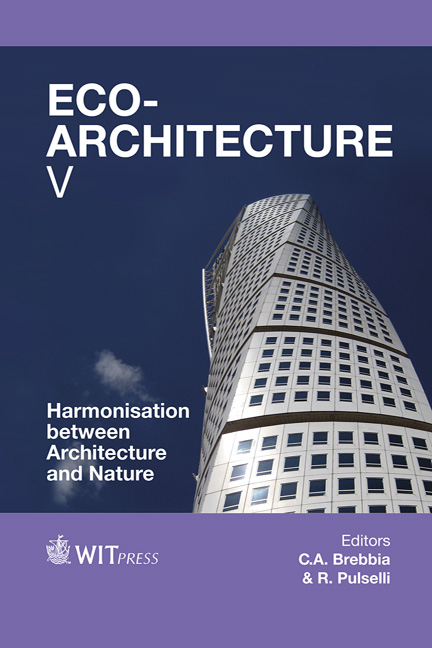Thermal Energy Storage By Microcomposite Of A Phase Change Material And Ethyl Cellulose
Price
Free (open access)
Transaction
Volume
142
Pages
12
Page Range
279 - 290
Published
2014
Size
1,820 kb
Paper DOI
10.2495/ARC140251
Copyright
WIT Press
Author(s)
T. Feczkó, A. F. Kardos, L. Trif, J. Gyenis
Abstract
Phase change materials (PCMs) are capable of storing and releasing large amounts of latent heat thermal energy when undergoing phase change. They are developed for various building applications such as thermal energy storage, thermal protection, cooling, air-conditioning, waste heat recovery and for solar heating systems. Paraffin PCMs are low cost, have a moderate thermal energy density, but low thermal conductivity. PCM microencapsulation is one of the best tools to enhance the heat transfer rate by enlarging the surface area. In this work, ethyl cellulose as an environmental friendly encapsulating material was used to entrap n-hexadecane PCM by an emulsion-solvent evaporation method using poly(vinyl alcohol) (PVA), Tween 80 or poly(methacrylic acid sodium salt) (PMAA) emulsifier. The structure of the forming microparticles was predicted by determining the interfacial tensions between the phases. Both theoretically and in the experiments, composites prepared with PMAA showed the most desirable properties regarding the size (average: 80 μm) and the latent heat storage capacity (of melting and freezing were 111.4 J/g and 117.9 J/g, respectively). Furthermore, there was no significant temperature and enthalpy change observed after 1000 heating-cooling thermal cycles. Thus, this microcomposite can be considered as suitable encapsulated PCM for thermal energy storage applications.
Keywords
phase change materials, latent heat storage, microencapsulation, ethyl cellulose





